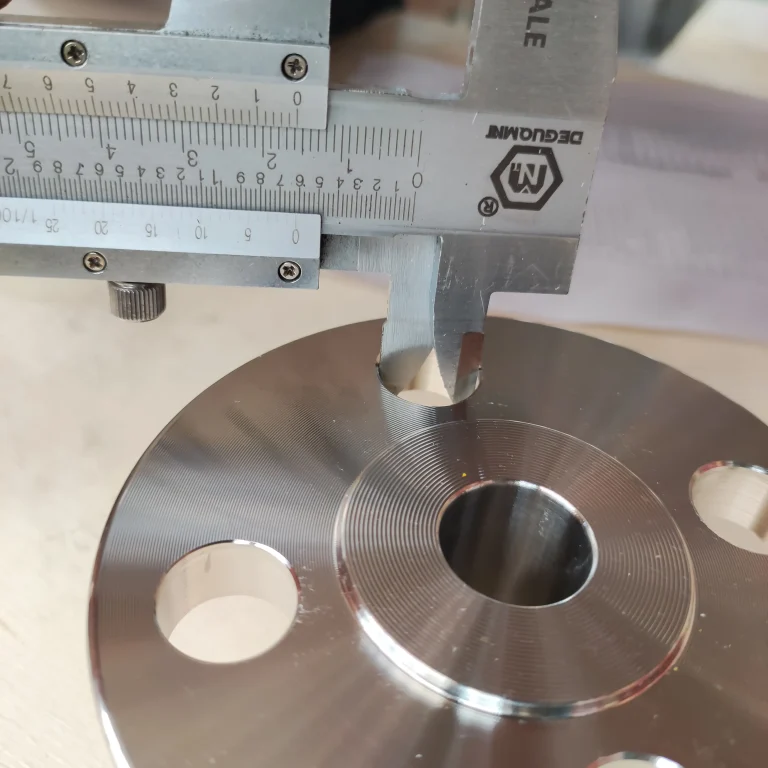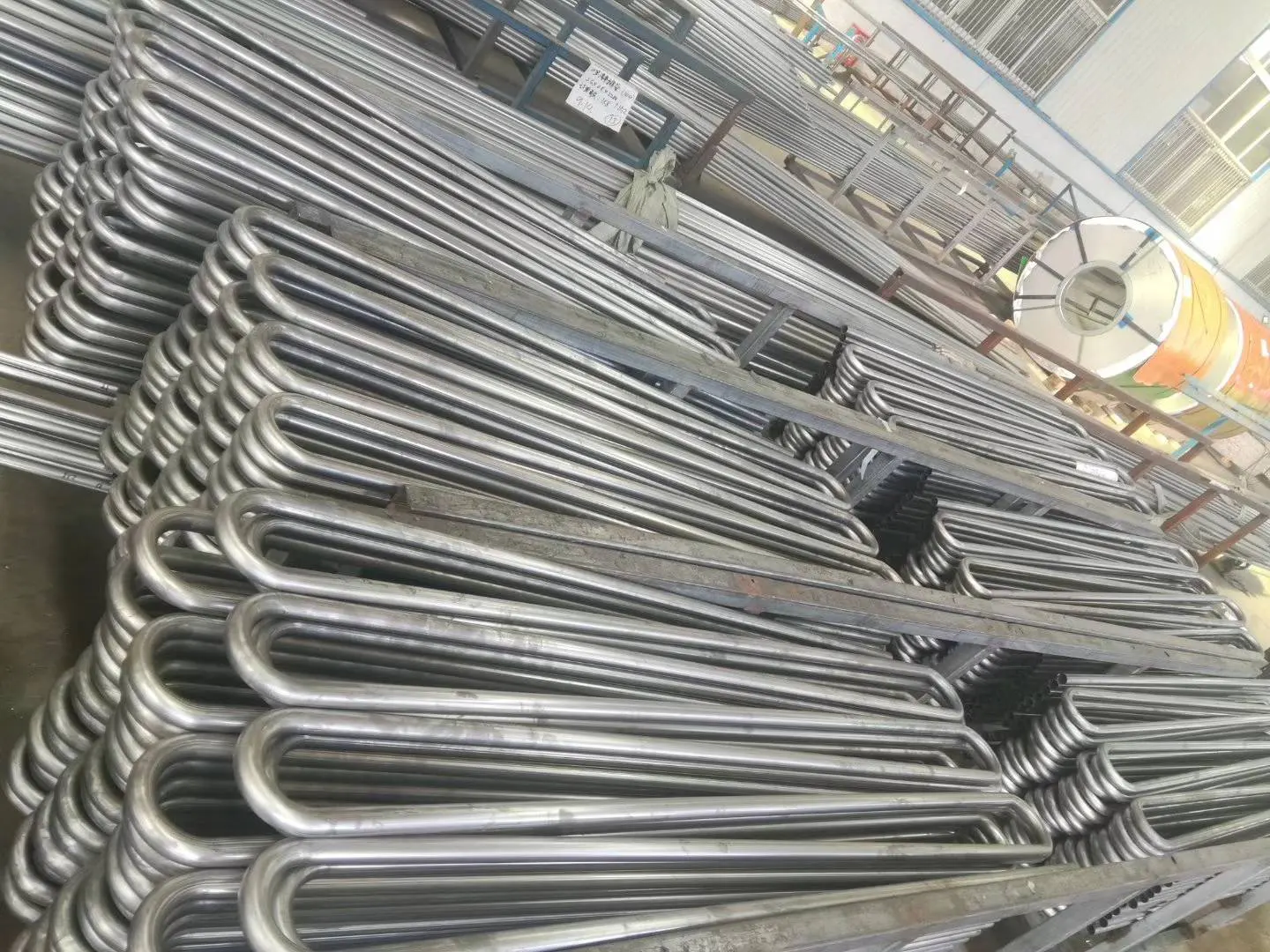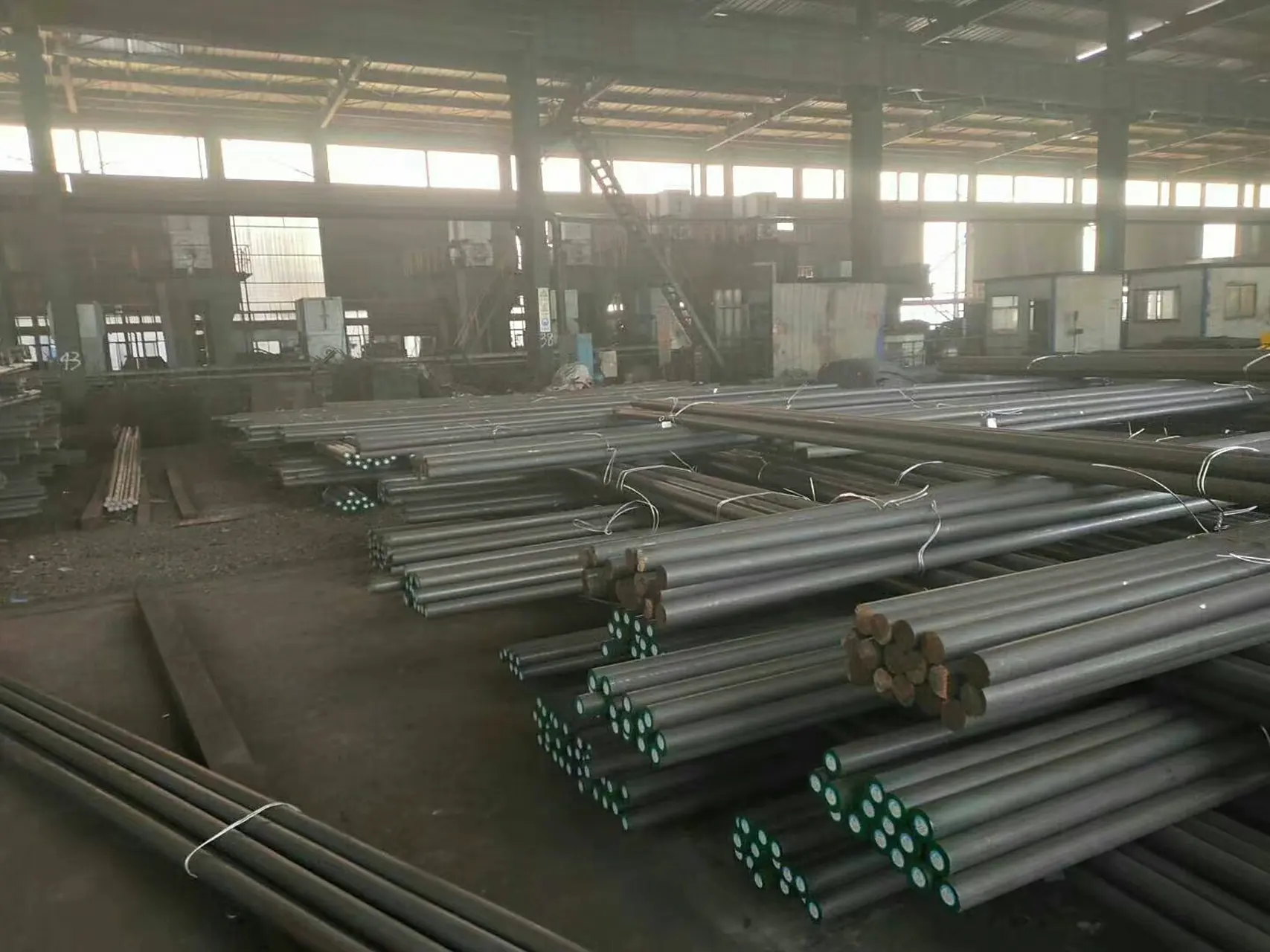Hastelloy G stands as a family of nickel-chromium-iron-molybdenum alloys.It provides superb corrosion resistance in a wide range of chemical environments.A top choice emerges for applications where standard stainless steel pipes or stainless steel pipe fittings would fail.
Introduction to the Hastelloy G Series
The Hastelloy G series is a specialized group of alloys.Key elements include nickel, chromium, iron, and molybdenum. These alloys work well in both oxidizing and reducing environments. Copper is also included,which improves resistance to sulfuric and phosphoric acids.
What is Hastelloy Alloy
Hastelloy Alloy contains a high proportion of nickel, and also contains chromium and molybdenum. The family includes three main series. They are the B series, C series, and G series. Each is designed for specific environments.
What We Do
- Plate
- Sheet
- Forgings
- Round Bar
- Flange
- Pipes
- Fittings
- Customized
Contact Us For More Information
Key Advantages of Hastelloy G Series
A mix of acids is handled well by this alloy. Resistance to both oxidizing and reducing media is a key benefit. Superior performance is delivered against sulfuric and phosphoric acids.
Pitting corrosion and crevice corrosion are actively fought by the alloy’s composition. For this reason, it is often a better option than many stainless steels.
Easy fabrication is a major benefit. Strong welds are formed without losing properties. Complex pipes and fittings are thus simpler to create.
A low carbon content prevents sensitization after welding. This ensures the alloy retains its corrosion resistance. The material performs well in the heat-affected zone.
Key Disadvantages of Hastelloy G Series
The composition contains expensive nickel and molybdenum, whose addition drives up the price.
This alloy material has a high density, which increases the system’s weight. Its high-density characteristics must be considered during design and support structure planning.
High hardness leads to machining difficulties, requiring specialized tools and machining speeds, thereby increasing manufacturing time and costs.
Good high-temperature resistance is present in the alloy. However, a primary choice for high-strength, high-temperature applications is not a role it plays. The alloy lacks the properties of other superalloys for structural use at high heat.
The Natural Degradation Process of Hastelloy G
- Creep and Stress Fracture: High temperatures and sustained stress can cause slow, permanent deformation known as creep. Over time, this may ultimately lead to failure. Alloy strength gradually diminishes with prolonged exposure.
- Fatigue: Repeated stress cycles may induce microcracks in components. These cracks progressively propagate, eventually causing component failure.
- Long-Term Corrosion: Despite high corrosion resistance, prolonged exposure to highly corrosive chemicals can degrade the material. Over time, pitting corrosion or surface thinning may occur. While extremely slow, this process is a natural phenomenon within the alloy’s lifecycle.
- Erosion-Corrosion: Environments involving high-velocity fluid flow induce a specific form of degradation. The combined effects of erosion and corrosion continuously wear down the alloy, potentially shortening its service life in certain applications.
Common Hastelloy G Grades
| Grade | Key Elements | Primary Advantage |
|---|---|---|
| Hastelloy G3 | Cr/Fe/Mo | Welds easily, resists pitting |
| Hastelloy G30 | Cr/Fe/Mo | Phosphoric acid resistance |
| Hastelloy G35 | Cr/Fe/Mo | High strength, resists chlorides |
| Hastelloy G50 | Cr/Fe/Mo | Good for high-temp sulfuric acid |
Hastelloy G VS Stainless Steel
| Characteristic | Hastelloy G | Stainless Steel |
|---|---|---|
| Mixed Acids | Excellent | Poor |
| Pitting and Crevice Corrosion | Excellent | Good |
| Resistance to Chlorides | Excellent | Good |
| Cost | Very High | Medium |
| Primary Use | Phosphoric Acid Environments | General Corrosion Resistance |
Hastelloy G Series in Piping Systems
- Chemical Processing: Extreme corrosion resistance is provided by Hastelloy G for critical stainless steel pipe fittings. Your system works perfectly, even with aggressive acid mixtures.
- Fertilizer Production: The alloy is perfect for handling wet-process phosphoric acid. It withstands highly corrosive chemicals. Efficient and safe operation is ensured by its use.
- Flue Gas Desulfurization: A key use for this alloy. It resists corrosive environments found in power plants. Its high resistance protects pipes and fittings.
- Waste Treatment: The material is essential for pipes and fittings in waste treatment. Hastelloy G handles corrosive chemicals. The alloy maintains its integrity. This prevents leaks and costly downtime.
Sourcing and Fabricating Hastelloy Alloy
A complete Material Test Report (MTR) is required. It verifies the precise composition of the alloy and ensures its performance.
Work with specialized suppliers of stainless steel pipe and fittings. They understand these alloy steels and can ensure proper fabrication and quality control,and are ISO 9001 and CE-PED certified.
This alloy requires specific procedures. Proper welding technique ensures the integrity of the weld.
It is expensive, so it is important to assess whether the product has a longer service life. This can justify its higher initial cost.
Contact Us
- RM901 No.22 Tangjiaqiao Road Wenzhou China
- +86 577 8551 1171
- [email protected]
- https://www.kaysuns.com/






